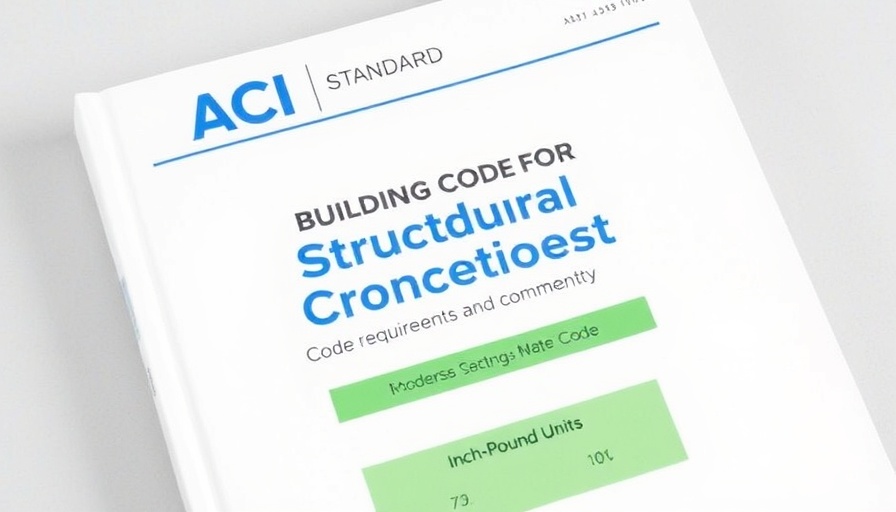
The Changing Landscape of Construction in Texas
As we step into April 2025, the construction industry in Texas and the Southeast region exhibits remarkable transformational trends that echo the demand for smarter, efficient, and sustainable building practices. Amid economic fluctuations, rising material costs, and evolving technologies, construction companies are rethinking traditional methods to meet new challenges head-on.
Embracing Technology for Efficiency
Automation and digital tools are not just buzzwords; they are essential components reshaping how projects are managed. With solutions like Building Information Modeling (BIM) and drones for surveying, professionals are not only boosting project efficiency but also improving safety standards on-site. In fact, according to recent statistics, the integration of such technologies has been shown to reduce project delays by up to 25%, a significant margin in the competitive construction landscape.
Sustainable Practices Taking Root
The push for sustainability is more than a trend—it's a necessity. Eco-conscious clients are seeking builders who employ sustainable materials and energy-efficient designs. Initiatives around LEED certification and green technologies are gaining traction, with many projects now designed around principles of sustainability and ecological harmony. These approaches not only appeal to clients' values but often yield long-term cost reductions, contributing to an industry-wide momentum toward greener practices.
Cost Management Strategies
With the fluctuating costs of materials due to economic conditions, managing budgets has become a focal point for construction companies. Implementing real-time tracking systems helps project managers keep a close eye on expenditures, empowering them to make quick adjustments as necessary. Techniques like value engineering, where alternatives are evaluated without sacrificing quality, are becoming crucial in ensuring that projects remain financially viable while meeting client expectations.
Trends to Watch in 2025 and Beyond
As we look toward the future, the construction industry is expected to continue evolving with emerging trends including modular construction and AI-driven project management tools. These advancements promise to revolutionize timelines and productivity on-site, making projects not only faster but also more adaptable to market demands.
Conclusion: The Path Forward
For clients and stakeholders in the commercial construction sector, staying informed about these trends is critical. Engaging with companies that prioritize innovation, sustainability, and efficiency will not only enhance project outcomes but also position them favorably in an increasingly competitive market. It’s encouraging to see Texas and the Southeast leading the charge toward smarter construction practices. Don't get left behind; actively seek out construction partners who embody these evolving standards.
 Add Row
Add Row  Add
Add 




Write A Comment